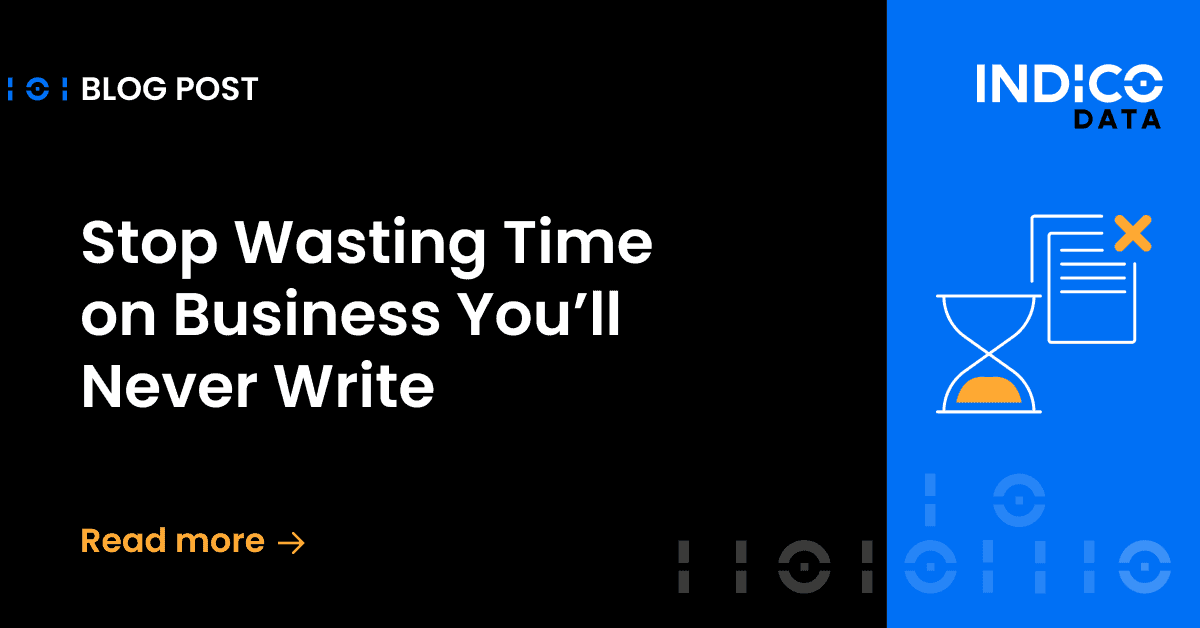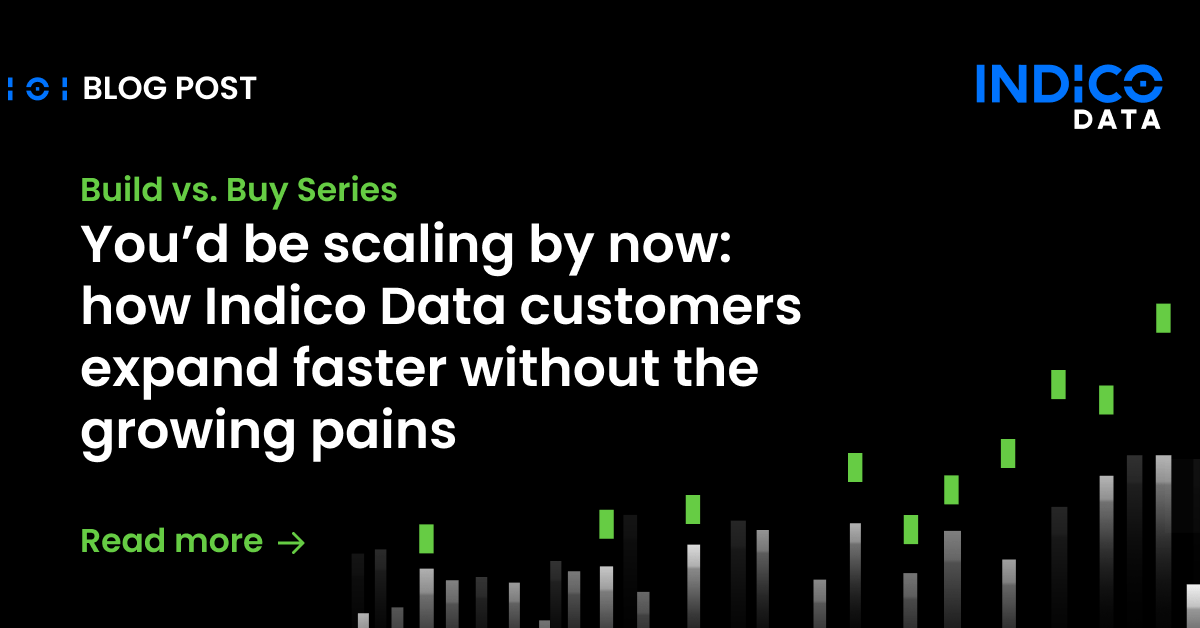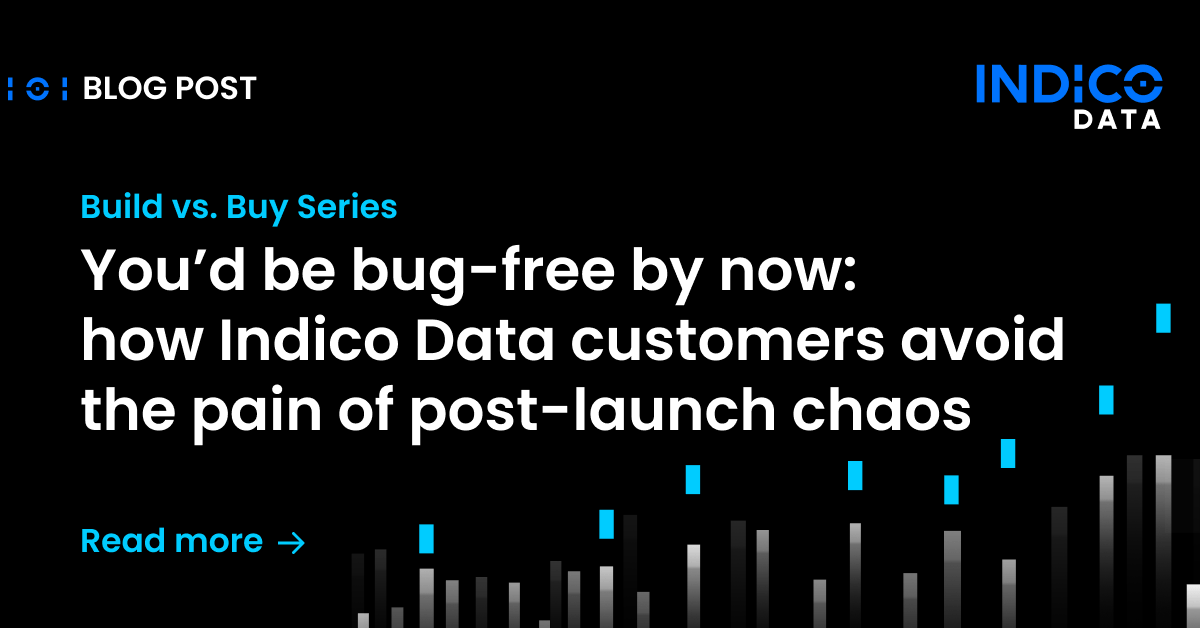For decades, carriers have relied on stable, yet rigid, legacy systems, many built on mainframes, to manage core operations like policy administration, claims, and billing. While these systems have been dependable, they now represent a significant barrier to the agility and innovation required in today’s market. Demographic shifts, slow growth in mature markets, and the rise of new technologies like generative AI are creating a burning platform for change.
Listen to the full podcast here
The ROI of modernization and a holistic view
One of the biggest hurdles carriers face is building a compelling business case for modernization. A simple cost-benefit analysis often falls short. As Buechner pointed out, it’s difficult to directly attribute improvements in key insurance metrics like combined or loss ratios to a new policy system, as these are influenced by many external factors.
Successful carriers are expanding their view of ROI to include a more holistic set of benefits. Instead of focusing solely on cost savings, they are measuring success through:
Improved customer experience: Modern systems can drastically improve customer satisfaction. Metrics like Net Promoter Score (NPS) and the time from first notice of loss to claim resolution become critical indicators of success.
Business agility: The ability to roll out new products, enter new markets, or adapt to regulatory changes quickly is a powerful competitive advantage. Modernization allows for experimentation and faster iteration.
Risk mitigation: Legacy systems come with inherent risks, including the dwindling pool of talent with the skills to maintain them. A modernization business case should factor in the cost of potential system failures, data loss, and the challenge of attracting and retaining IT talent for outdated technology.
By looking at modernization through this wider lens, insurers can build a more robust and realistic business case that aligns technology investment with strategic business goals.
The myth of the “big bang” approach
The history of IT is littered with large-scale “rip and replace” projects that have gone over budget and past deadlines. The insurance industry is no exception. The idea of replacing a monolithic core system all at once is daunting, risky, and often unnecessary.
The more successful pattern, according to Buechner, is an incremental one. Breaking down modernization into smaller, manageable wins allows carriers to show progress, learn along the way, and deliver value faster. This approach reduces risk and helps build momentum within the organization.A crucial first step in this incremental journey is data accessibility. Many carriers operate with dozens of siloed core systems, often as a result of mergers and acquisitions. This fragmentation makes it nearly impossible to get a single view of the customer, leading to poor service and missed opportunities.
The initial goal shouldn’t be to replace every system, but to get the data out. By creating a cloud-based data store or data lake, insurers can synchronize information from various legacy systems. This makes the data accessible to different business units, from the contact center to the analytics team, providing immediate value while setting the stage for future modernization efforts.
Related content: Stop Wasting Time on Business You’ll Never Write
The role of ecosystems and cloud adoption
A significant catalyst for this change has been the move toward cloud-native solutions by core system providers. Guidewire, a major player in the P&C space, provides a compelling case study. Their strategic shift to a cloud-first model has been a game-changer for their customers.
This move wasn’t just about moving infrastructure to the cloud. It was about creating an ecosystem. By offering a marketplace of pre-integrated, third-party solutions, Guidewire enabled its cloud customers to unlock new capabilities in a more seamless and cost-effective way. This ecosystem approach allows carriers to think more holistically about their technology stack, mixing and matching solutions to meet their specific business needs rather than buying software in silos.
For carriers that have completed their cloud migration, the benefits are becoming clear. After a period where migration projects consumed most of their IT resources, these insurers are now positioned to accelerate innovation. They have access to their data and a flexible platform to build upon, allowing them to finally take advantage of advanced analytics and AI.
Related content: Underwriting operations, meet your new routing agent: Next Best Action
Generative AI and the new frontier in modernization
While modernization has been a long-standing challenge, the emergence of generative AI introduces a powerful new tool to the arsenal. Its applications in the insurance industry are vast, but its role in the modernization process itself is particularly exciting.
Accelerating code refactoring
One of the most complex aspects of mainframe modernization is dealing with legacy code written in languages like COBOL. Generative AI is now being used to automate the process of refactoring this code into modern languages. These tools can accelerate the migration, reduce risks, and lower the costs associated with moving off these older platforms. This allows carriers to move beyond simply lifting and shifting their legacy applications to the cloud and truly transform them.
Unlocking trapped data
Generative AI is also exceptionally good at extracting insights from unstructured data, the kind often found in email-based submissions, PDFs, and other documents common in commercial lines. By automating the extraction of key information from these sources, AI can present underwriters and brokers with the insights they need to make faster, more informed decisions. This ability to tap into previously inaccessible data is a powerful driver for efficiency and better risk assessment.
Enabling a hybrid approach
Interestingly, AI also allows carriers to extend the life of some legacy systems. Instead of a full replacement, insurers can “hollow out” the capabilities of a mainframe system. The core system of record might remain on the legacy platform, while AI-powered tools are built around it to drive better underwriting, fraud detection, and predictive analytics. This provides a more flexible path, allowing carriers to choose the right approach based on their budget, risk appetite, and strategic priorities.
The path forward
The modernization of insurance core systems is a complex but essential journey. The conversations with experts like Terry Buechner highlight a clear path forward. It’s a path defined not by a single, massive overhaul, but by an incremental, data-first strategy. By focusing on making data accessible, carriers can achieve immediate wins in customer service and analytics. By embracing cloud ecosystems, they gain the agility to innovate and integrate new solutions. And by leveraging generative AI, they can accelerate the migration process and unlock insights from previously trapped data.
The headwinds are strong, but the tools and strategies to navigate them have never been more powerful. For insurers willing to move beyond the old ways of thinking, the opportunity to build a more agile, intelligent, and customer-centric future is within reach.
Subscribe to the Unstructured Unlocked podcast to get the latest episodes on your favorite platforms, including: Apple PodcastsSpotifyAmazon Music


